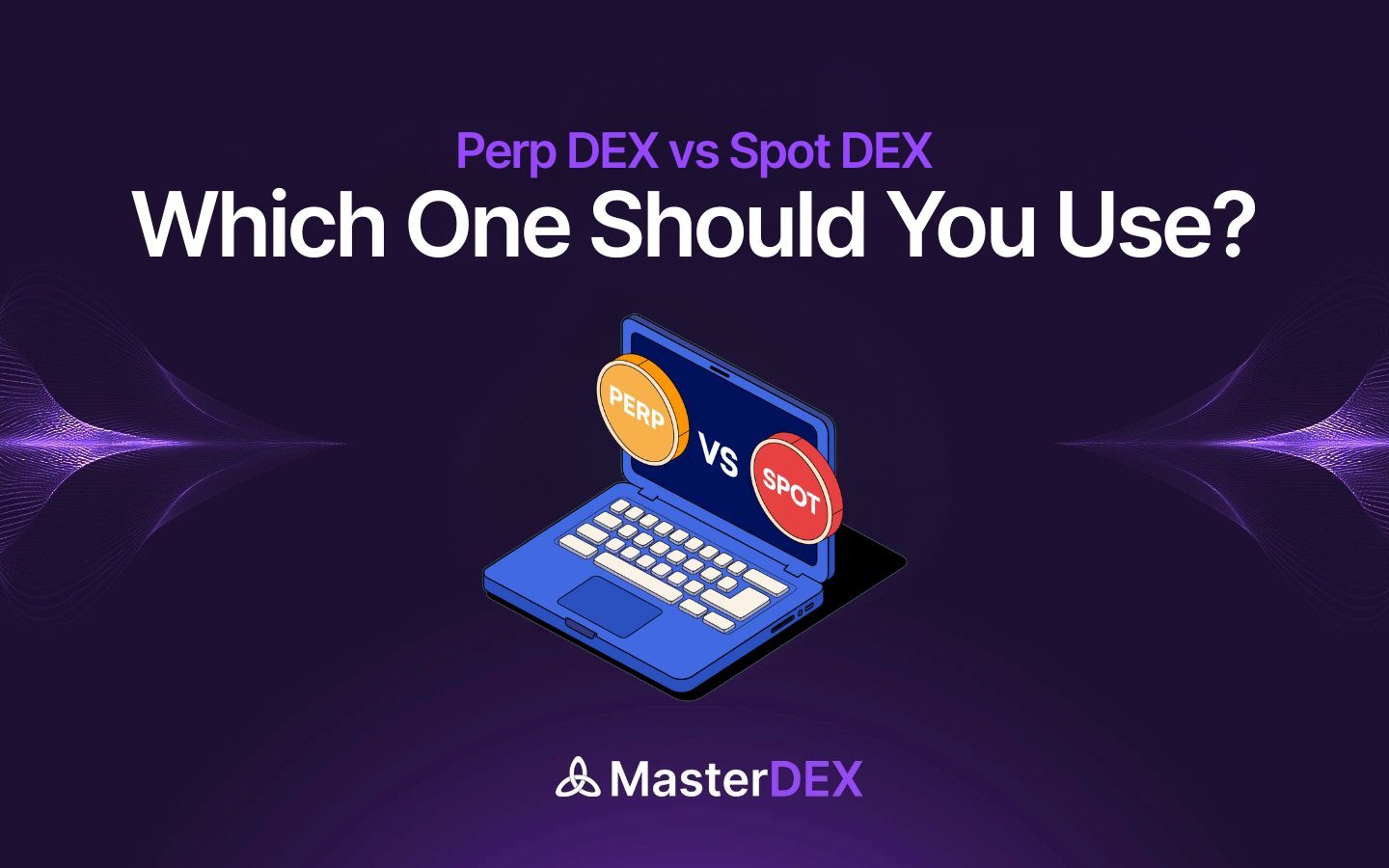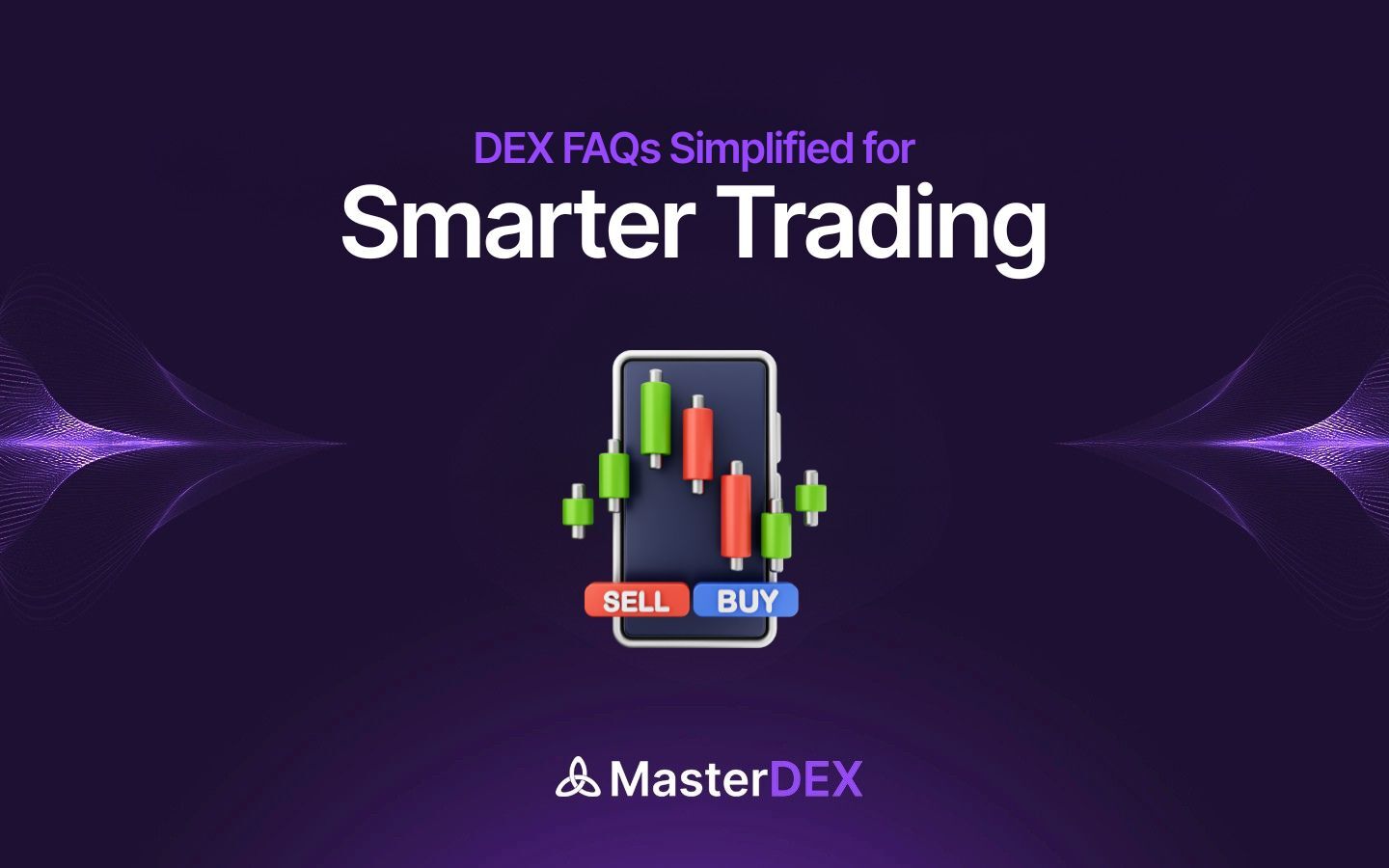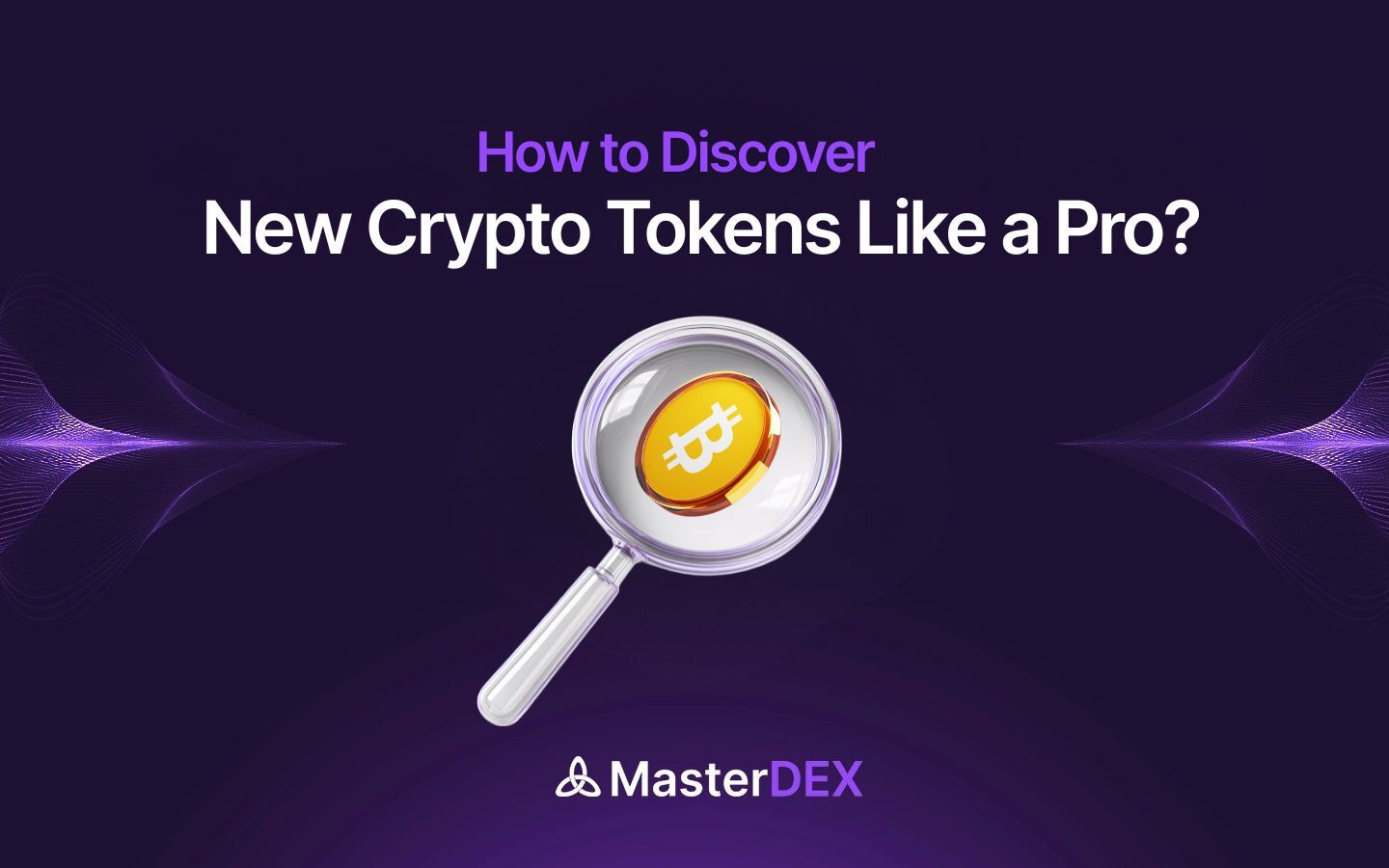The rise of decentralized exchanges has given traders more choice than ever, especially as platforms expand from simple token swaps to advanced derivatives. This shift has made one comparison increasingly important: perp DEX vs spot DEX. Even though both operate within DeFi, the trading experience, risk profile, and purpose behind each one are very different. Spot DEXs focus on direct asset ownership and straightforward swaps, while Perp DEXs allow leveraged speculation through perpetual contracts. Understanding these differences helps traders make better decisions in both stable and volatile markets.
Table of Contents:
ToggleSpot DEX Explained
A Spot DEX is the simplest form of decentralized exchange. When you trade a token on a spot DEX, you are buying or selling the actual asset at the current market price. The transaction settles immediately, and the tokens go directly into your wallet, giving you full ownership. This makes spot trading ideal for beginners, long-term investors, and users who interact frequently with DeFi protocols such as staking, governance voting, or liquidity pools.
There is no leverage involved, which means you can only trade with the capital you already own. This reduces the complexity and risk dramatically. Spot DEXs are the entry point into DeFi for most users because they offer transparent pricing, simple interfaces, and predictable outcomes without liquidation risks.
Perp DEX Explained
A Perp DEX, on the other hand, is built for traders who want to speculate on price movements without owning the underlying asset. These exchanges use perpetual futures contracts—financial instruments that have no expiration date. This means you can keep a position open as long as you maintain sufficient collateral.
What makes Perp DEXs attractive is the ability to use leverage. With leverage, traders can open larger positions than their initial capital would normally allow. This magnifies potential profits but also increases the risk of significant losses or liquidation. Perp trading also allows users to take both long and short positions, making it possible to profit during market uptrends or downtrends. Because perpetual markets must stay aligned with spot prices, they use a mechanism called a funding rate, which periodically credits or debits traders depending on market conditions.
Perp DEX VS Spot DEX
Understanding the difference between a Perp DEX and a Spot DEX requires looking beyond surface-level definitions. While both belong to decentralized finance, they serve completely different trading styles, financial goals, and risk appetites. Below is a comprehensive, detailed comparison that highlights the operational, financial, and strategic distinctions between the two.
1. Asset Ownership
Spot DEX:
When you buy a token on a spot DEX, you gain full ownership of that digital asset. It moves directly into your wallet, enabling you to hold it long-term, transfer it, stake it, or use it in other DeFi protocols like lending and liquidity farming. This ownership gives you actual utility and makes spot trading ideal for building a portfolio.
Perp DEX:
In contrast, a Perp DEX does not provide ownership of the actual token. Instead, you trade perpetual contracts that replicate the price movement of an asset. You never hold ETH, BTC, SOL, etc.—you only hold a position that reflects their price direction. This is beneficial for traders focused solely on profit rather than utility or long-term holding.
2. Use of Leverage
Spot DEX:
Spot DEXs involve no leverage. You can only trade with what’s in your wallet, making it a safer environment. Price movements only affect the value of your holdings and cannot cause forced liquidations.
Perp DEX:
Perp DEXs offer leverage that can multiply your buying power significantly—5x, 20x, or even 100x on some platforms. While this magnifies potential gains, it equally magnifies losses. Even a small unfavorable price movement can liquidate your position if margin requirements aren’t met. Leverage is a double-edged sword and requires experience.
3. Profit Potential & Direction
Spot DEX:
Profit is tied to the asset’s appreciation. If you buy ETH at $2,000 and sell at $2,500, your profit is the price difference. You only benefit from upward market movements, which makes spot trading ideal for bullish or long-term market outlooks.
Perp DEX:
Perp DEXs allow traders to profit from both upward and downward price movements. Long positions gain when prices rise; short positions gain when prices fall. This flexibility is crucial for traders in volatile markets or during extended bear cycles.
4. Funding Rates
Spot DEX:
There are no funding rates because spot trading simply transfers existing tokens. The asset’s price stays consistent with market demand.
Perp DEX:
Perp markets use funding rates—a recurring payment exchanged between long and short traders. Funding keeps perpetual contract prices aligned with spot prices. When the perp price is above spot, long traders pay shorts; when below, shorts pay longs. This adds another layer to trading decisions.
5. Risk Profile
Spot DEX:
Spot trading carries the least risk within crypto trading because you cannot be liquidated. Your principal risk is market volatility; the value of your holdings may go down, but you will not lose your entire position through forced liquidation.
Perp DEX:
Perp trading introduces multiple risks:
- Liquidation risk due to insufficient collateral
- Margin calls during rapid price swings
- Funding fee losses
- Amplified losses from leverage
Because of these factors, perp DEXs are considered high-risk, high-reward platforms best suited for experienced traders.
6. Trading Complexity
Spot DEX:
Spot DEXs are simple and accessible. You pick two assets, choose an amount, and swap. There is no need to consider leverage, margin, funding rates, or liquidation thresholds. This makes spot markets perfect for new users entering DeFi.
Perp DEX:
Perp DEXs require traders to understand advanced concepts including leverage, margin ratio, liquidation price, mark price, funding intervals, and PnL (profit and loss) calculations. Without these concepts, navigating perpetual markets safely becomes challenging.
7. Market Purpose
Spot DEX:
Spot DEXs serve long-term investors, DeFi participants, and those seeking true ownership. They are the foundation of liquidity, token distribution, and most DeFi ecosystems. Spot markets support broad usage: governance, staking, AMMs, yield farming, and token transfers.
Perp DEX:
Perp DEXs serve active traders looking for short-term opportunities. They are ideal for hedging, speculation, arbitrage, market-neutral strategies, and capturing volatility. Their purpose is not asset accumulation but efficient, leveraged exposure.
8. Collateral & Margin Requirements
Spot DEX:
Spot trading does not require collateral. Trades settle instantly, and there is no ongoing risk tied to position maintenance.
Perp DEX:
Perp trading requires you to deposit collateral—usually stablecoins or the platform’s approved assets. This collateral determines position size, leverage limits, and liquidation thresholds. If the market moves against you, your collateral reduces until liquidation.
9. Price Tracking & Market Behavior
Spot DEX:
Prices on spot DEXs reflect actual supply and demand. Liquidity pools and order flows determine price directly.
Perp DEX:
Perpetual prices are influenced by several factors—spot price, mark price, funding rate dynamics, and market sentiment. This means perp prices can temporarily deviate from spot before funding pushes them back into alignment.
10. Best Use Cases
Spot DEX:
Best for long-term holding, portfolio building, swapping tokens, joining DeFi protocols, and managing low-risk exposure.
Perp DEX:
Best for high-frequency trading, hedging portfolio risk, betting on short-term market moves, and applying sophisticated strategies with leverage.
Here is a complete breakdown between Spot DEX vs Perp DEX
| Factor | Spot DEX | Perp DEX |
|---|---|---|
| Asset Ownership | You own the actual token after purchase. | You trade price movements, not the actual asset. |
| Leverage | No leverage; limited to your wallet balance. | Supports high leverage (5x–100x). |
| Profit Direction | Profit only when price goes up. | Profit from both long (up) and short (down) positions. |
| Risk Level | Low risk; no liquidation. | High risk due to leverage and liquidation. |
| Funding Rates | Not applicable. | Funding payments occur periodically. |
| Complexity | Beginner-friendly and simple. | Advanced; requires knowledge of leverage and margin. |
| Trading Purpose | Long-term investment and DeFi usage. | Short-term trading, hedging, and speculation. |
| Collateral Needs | No collateral or margin required. | Requires collateral to open leveraged positions. |
| Price Behavior | Tracks real-time supply and demand. | Tracks market via contracts; influenced by funding. |
| Best For | Holders, investors, and DeFi users. | Active traders and strategy-driven investors. |
Why Do Traders Prefer Spot DEXs?
Spot DEXs remain the backbone of decentralized finance because they offer clarity, simplicity, and security. Traders know exactly what they are getting when they swap one token for another, and the lack of leverage makes it easier to manage risk. Spot markets also allow users to actually own the assets they buy, enabling them to participate in yield farming, staking, liquidity provisioning, and governance.
For long-term investors, spot trading is the safest and most direct way to build a crypto portfolio. There are no funding fees, margin calls, or complicated mechanics—just transparent and immediate asset ownership.
Why Do Traders Prefer Perp DEXs?
Perp DEXs appeal to experienced traders who need more advanced tools and greater flexibility. Leverage makes it possible to trade significant positions using a fraction of the capital, which is especially useful for short-term strategies and high-volatility environments.
The ability to short assets gives traders more control, allowing them to hedge against market downturns or execute complex trading strategies that simply aren’t possible on spot markets. Perp DEXs are also popular among arbitrageurs, scalpers, and high-frequency traders who benefit from the efficiency and liquidity of perpetual markets. For those who understand the risks and mechanics, perp trading can offer superior capital efficiency and broader market opportunities.
Which Type of DEX Should You Choose?
Choosing between a perp DEX vs spot DEX depends entirely on your goals and experience level. If you want to own crypto, hold it long term, or use it across DeFi protocols, then a Spot DEX is the right choice. It’s simple, predictable, and less risky.
If you’re an active trader who wants leverage, the ability to long or short, and a broader set of strategies, then a Perp DEX is more suitable. However, it requires discipline, experience, and a clear understanding of liquidation risk. Many skilled traders use both—spot markets for long-term positions and perpetual markets for hedging or short-term trades.



